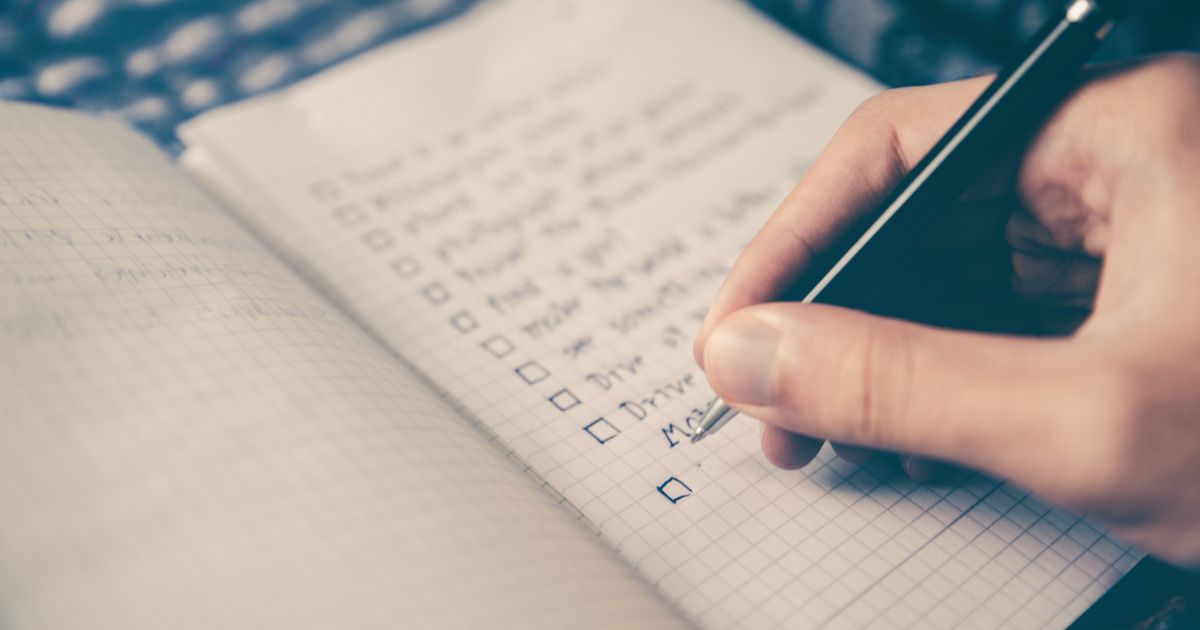Revision is a crucial step in the writing process. It allows you to refine your ideas, improve your clarity, and ensure that your writing is error-free. Many writers make the mistake of thinking their first draft is final, but good writing requires careful review and editing. In this article, we’ll explore the importance of revision and offer strategies to help you revise your writing effectively.
1. Why Revision is Important
The revision process is essential for improving the overall quality of your writing. It provides an opportunity to clarify your ideas, eliminate mistakes, and strengthen your argument. Revision isn’t just about correcting grammar or spelling errors—it’s about making sure your writing is coherent, focused, and impactful.
Clarify Your Ideas
During the revision process, you can examine whether your ideas are clearly expressed. Sometimes, the first draft may contain ideas that are not fully developed or might be confusing. Revision allows you to reorganize your thoughts and ensure that each idea is expressed in a way that makes sense.
Improve Structure and Flow
Revision helps you assess the overall structure of your writing. Are your paragraphs organized logically? Does each section flow smoothly into the next? By revising, you can ensure that your writing follows a coherent structure that is easy for the reader to follow.
2. Focus on the Big Picture First
When you begin revising, it’s important to focus on the “big picture” before you get caught up in the smaller details like grammar and punctuation.
Review the Organization
Start by reviewing the overall organization of your essay or paper. Are your ideas presented in a logical order? Does the introduction clearly set up the main argument or thesis? Are your body paragraphs focused and well-organized? If not, make adjustments to improve the flow and coherence of your writing.
Evaluate the Thesis and Argument
Your thesis statement should guide the rest of your writing. During revision, check whether your thesis is still clearly stated and whether each paragraph supports that central argument. If any sections seem off-topic or unrelated to your thesis, revise them to make sure they stay on track.
Check for Gaps in Your Argument
Look for any gaps or missing information in your argument. Do you need to add more evidence or examples to support your points? Are there counterarguments you should address? A well-rounded argument will anticipate and address potential objections.
3. Revise Paragraphs and Sentences
Once you’ve reviewed the overall structure, move on to revising individual paragraphs and sentences. This step ensures that your writing is clear and concise and that your arguments are well-supported.
Check for Topic Sentences
Each paragraph should start with a clear topic sentence that introduces the main idea of the paragraph. If a paragraph lacks a strong topic sentence, the reader may struggle to understand its purpose. Revise the paragraph to include a clear topic sentence that ties it back to your thesis.
Eliminate Repetition and Wordiness
Look for any repetitive or redundant phrases and eliminate them. Writing concisely is key to maintaining the reader’s attention. If you find that you’ve used the same word or phrase too many times, vary your language to avoid redundancy.
Improve Sentence Clarity
Read each sentence carefully to ensure it is clear and easy to understand. If a sentence feels awkward or too complex, rewrite it for clarity. Simple, straightforward sentences are often more effective than overly complicated ones.
Use Transitions
Make sure your paragraphs and sentences are connected with appropriate transitions. This helps maintain the flow of your writing and makes it easier for the reader to follow your argument. Phrases like “for example,” “however,” and “in conclusion” can guide the reader through your ideas.
4. Edit for Grammar and Mechanics
After you’ve revised the structure and content, it’s time to focus on grammar, punctuation, and spelling. This step ensures that your writing is polished and professional.
Check for Common Grammar Mistakes
Pay attention to common grammar issues, such as subject-verb agreement, sentence fragments, and run-on sentences. Reading your writing aloud can help you catch mistakes that you might overlook while reading silently.
Correct Punctuation and Spelling Errors
Ensure that all punctuation marks are correctly used. Pay particular attention to commas, periods, quotation marks, and apostrophes. Also, use a spell checker to catch any spelling errors, but don’t rely on it completely—some mistakes might go unnoticed.
Consistency in Style
Check for consistency in style, especially if you are following a specific citation style (e.g., APA, MLA). Ensure that all citations, references, and formatting are consistent throughout the paper.
5. Take Breaks During the Revision Process
It’s difficult to spot errors when you’re too close to your writing. Taking breaks during the revision process can help you approach your work with fresh eyes.
Step Away from Your Writing
After completing your first draft, take a break for an hour, a day, or even longer if possible. This distance allows you to return to your writing with a clear perspective, making it easier to spot errors and areas for improvement.
Review in Multiple Rounds
Revise your work in multiple rounds, focusing on different aspects each time. In the first round, focus on structure and content; in the second, focus on clarity and flow; and in the third, address grammar and punctuation. This step-by-step approach ensures a more thorough revision process.
6. Seek Feedback
Sometimes, it can be difficult to identify areas for improvement in your own writing. Asking someone else for feedback can provide valuable insights and help you see your writing from a different perspective.
Ask for Constructive Criticism
Share your work with a peer, teacher, or mentor who can offer constructive feedback. Be open to their suggestions and use their feedback to revise your writing further. They may point out areas where your argument isn’t clear or where additional evidence is needed.
Read Your Work Aloud
Reading your writing aloud is another great way to spot errors and evaluate its flow. You’ll be able to hear awkward sentences, missing transitions, and other issues that may be harder to spot when reading silently.










